Sunday Classic / Who’s Your Buddy?
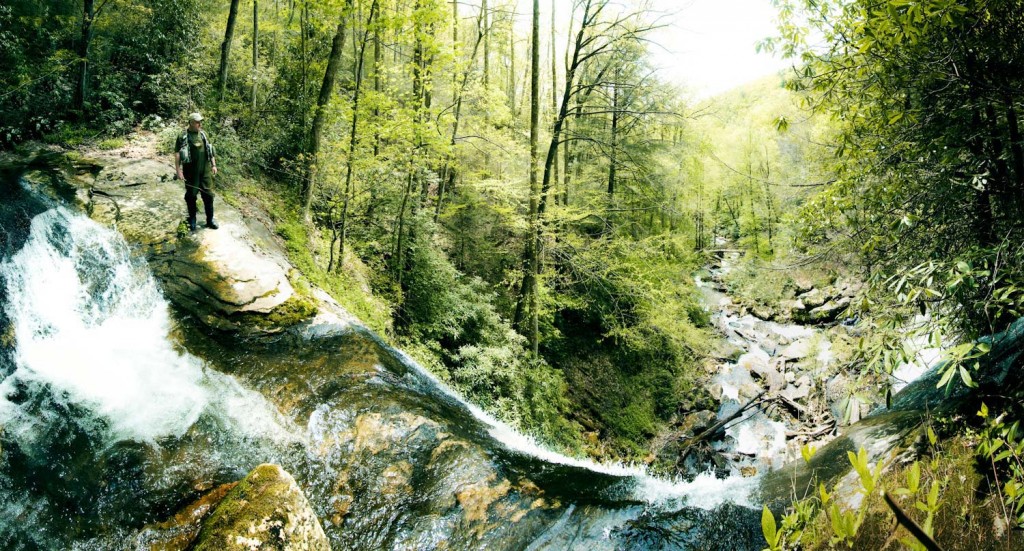
What makes a good angler a great angler?
Fly fishing is a life long pursuit. That may be what I love the most about it. No matter how good you become, there is always a next level. Around every bend some new revelation. A lifetime of learning. For me, that’s the secret to happiness. Learn something new every day.
I always consider my fishing a work in progress. I never think of it in terms of what I have achieved, rather what’s next. This is in no way false modesty. Life has taught me that I have plenty to learn, whatever the subject. I clearly remember being, what I call, an adolescent angler. Knowing enough to be dangerous and too little to be content. Desperately seeking the next level. But how do you get there? I did it by getting lost.
I was excited about my new Toyota 4 Runner. It had been a while since I’d had four wheel drive and I knew it was going to open up some new water for me. On a crisp winter morning my wife and I hit the road to do some exploring. We followed one Forest Service road after another farther and farther into the North Georgia mountains, snow covering our tire tracks.
In my enthusiasm, I failed to keep up with a few of our turns and at some point had to stop and give the map a good study. Just as I was thinking it would have been smart to have brought food, a green pickup pulled up along side. A friendly fellow in a ball cap bearing the Fish Hawk logo asked if he could help. Dan Flynn would become one of my best friends and we fished together almost every week for years.
Dan is a fly fishing machine. His knowledge of Georgia and North Carolina trout water is endless. Especially the native brook trout streams. I learned more that first year crawling through mountain laurel with Dan than I’d learned in a lifetime of fishing on my own. It was with Dan I caught my first real trophy trout. Twenty-five inches. A great fish for a small Georgia stream. I remember him saying, “fish of a lifetime.”
I owe Dan a great many debts. Not only for what I learned from him and for his friendship but for so many great friends who would follow. It was through him that I met Kent, who continues to school me on a regular basis. And through Kent I met Joel Dickey and Bruce Chard, the guys that taught me the salt. And through Bruce I have met, well, just about everyone in the business. I wouldn’t be where I am without these guys.
So here’s my point. We spend a lot of time selecting our gear, choosing the water, tying the flies, setting up the boat. There’s endless talk about waders and boots and reels and lines. Don’t forget that the most important piece of the puzzle is
Read More »Saturday Shoutout / Surface Film 5

Surface Film Five is on!
I’m proud to be part of this great event. It’s the highlight of Fly-Art year for me. Get out and support the greenbacks. Here’s a quick rundown from Tim Romano of Fly Talk.
Five years ago, a small group of conservation-minded anglers I am part of called the Greenbacks sat down to discuss how to excite a new generation of young, passionate anglers. The thought was simple – let’s change how conservation is viewed by a younger audience and make it engaging by thinking outside the box.
One of our first events was hosting a gallery show of some of the best fishing photography in the world at another group member’s gallery called Anthology Fine Art. At the time I was photo editor of the highly acclaimed Fly Fish Journal and had connections to some of the industry’s best photographers and images around. Five years later it’s still going strong. Luckily I’ve kept many of those relationships and quite a few of those folks still donate their incredible images to our cause ever year.
With that in mind if you live in the Denver, Colorado area or know someone else that might appreciate this kind of thing (by sharing the info) please help us celebrate our five years of changing the world of conservation at the Anthology Fine Art gallery on Friday February 27th, 2015.
Prints will be available for purchase to benefit the Greenbacks work to conserve Colorado’s coldwater fisheries and recruit the next generation of Trout Unlimited Members.
We’ll also have an insane collection of raffle items from sponsors Scott Rods, Cheeky Fly Fishing, Scientific Anglers, and Costa Del Mar.
DRINKS | LIVE MUSIC | FINE ART FISHING PHOTOGRAPHY FOR SALE
This is open to the public until we reach capacity.
Date: February 27th, 2015 | 7:00 pm
Location: Anthology Fine Art
635 Santa Fe Drive
Denver, CO
More Info
Read More »Airflo Super Dri Goes Streamer
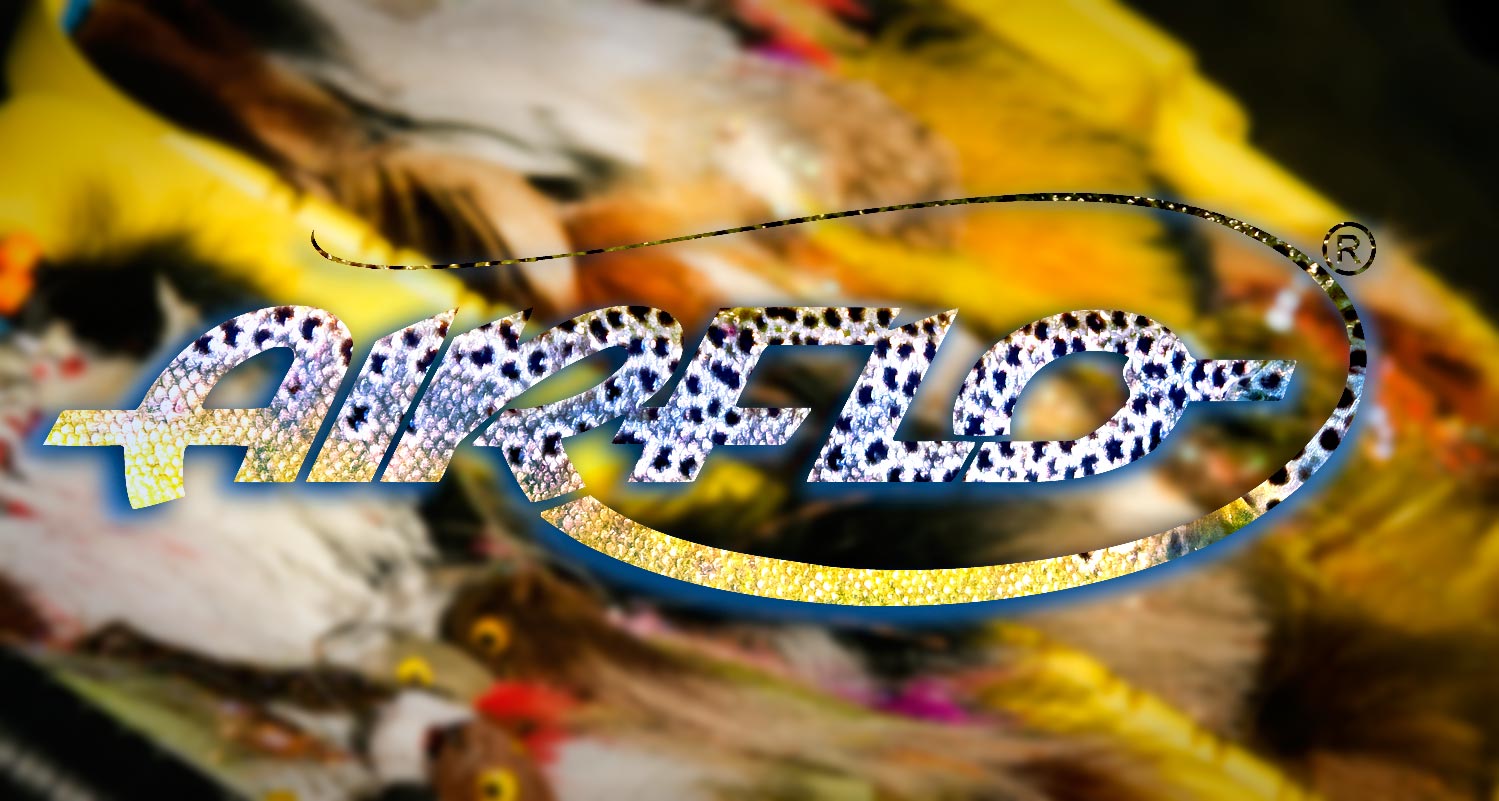
When it comes to streamer fishing I go big or go home.
That’s why I’m so excited about the new streamer lines from Airflo. These lines are designed for the way I like to fish. Big and mean.
Tim Rajeff, of Airflo, worked with Kelly Galloup to design the new Super Dri Streamer series. Kelly knows a thing or two about fishing big streamers and his fingerprints are all over these new lines. Tim also worked with Pat Ellers on the new Super Dri warm water lines for bass and musky.
These lines were designed by pros to help you fish like a pro. Great tapers, Super Dri Technology and Zone Technology make these streamer lines the most high tech lines on the market.
Check out this video where Tim explains how it all works!
Read More »The Water Haul Cast – Slow Your Roll
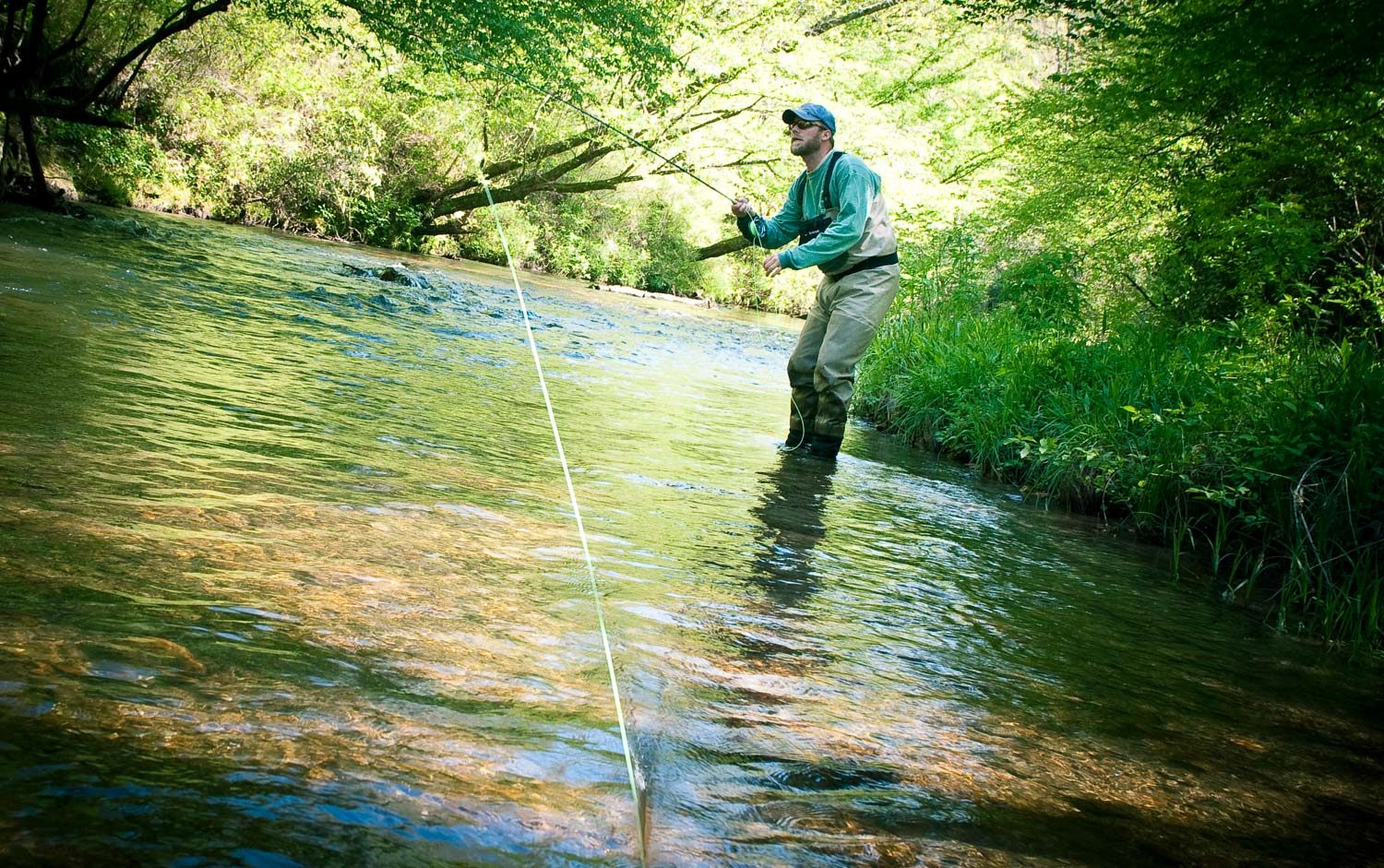
By Kent Klewein
The water haul cast is phenomenal for fly fishing small trout streams.
I love it for a few reasons. First, because it allows you to make a presentation without false casting over the fish. This is done by you using the water and fly line to load your fly rod and present your fly/flies in one cast. On highly technical water, where you have spooky fish, this niche cast can significantly increase your catch rates. Second, the water haul works great for tight quarters where you don’t have a lot of room to cast. The biggest mistake I see fly anglers make when they’re water hauling, is rushing the cast. You want to slow your roll when you’re performing this fly cast on the water. The water haul cast takes about twice as long to make a presentation with your fly than a traditional fly cast, and that is because you combine the pick up and the water haul together.
If you’re having problems getting the distance or straightening out your leader and fly when your water hauling, try slowing down and you should see your cast improve. A proper setup is
Read More »First Fly Rods
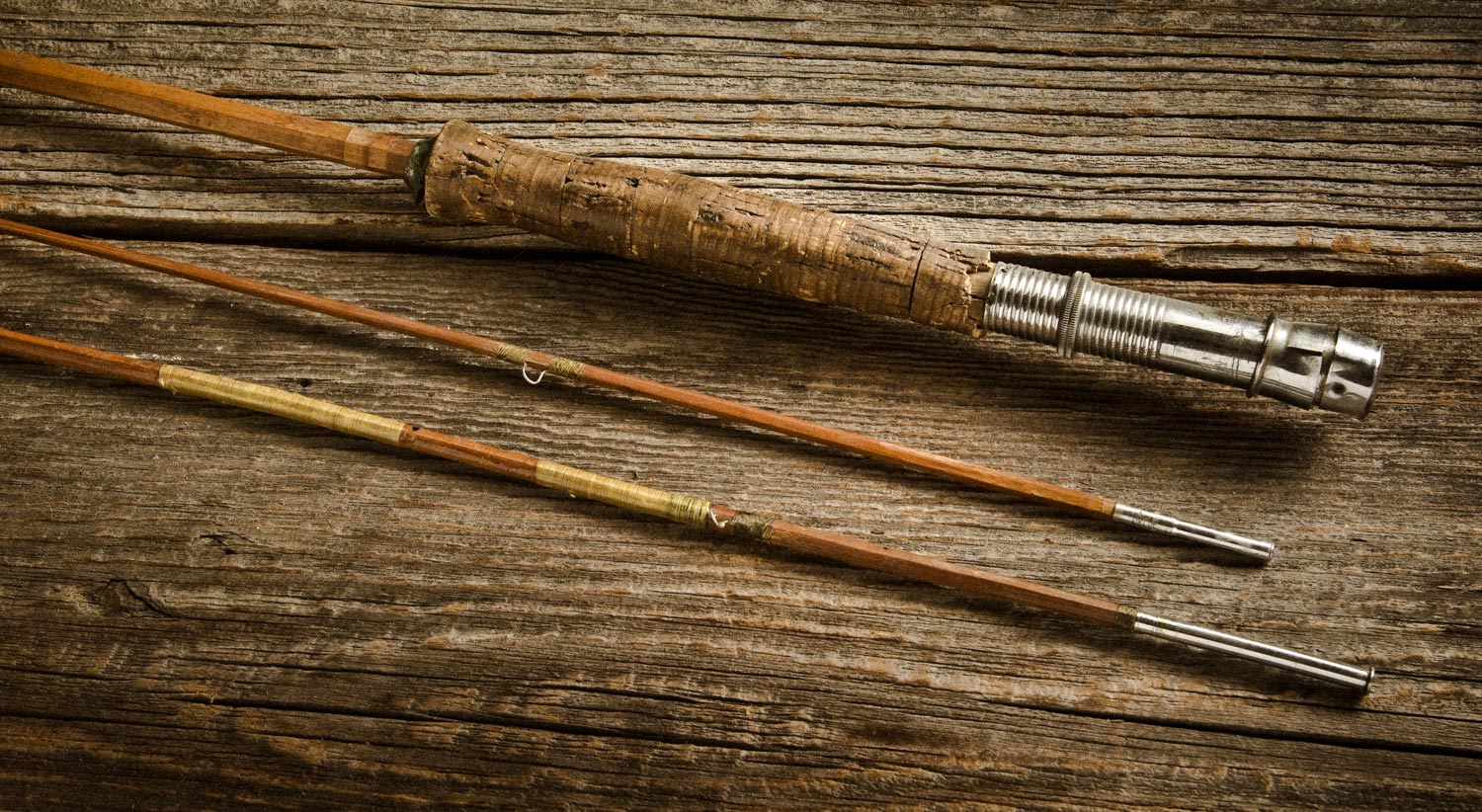
What should your first fly rod be? Does it matter?
My first fly rod was a 9′ 7 weight bamboo given to me by my grandfather. Not some cherished family heirloom or finely tooled work of art. It was a piece of shit with half the cork missing, ferrules that spun like a dervish and a paper clip for a stripping guide. I’m not kidding, an actual paper clip.
I loved my grandfather but I’m well acquainted with his pragmatic nature and creative problem solving. I’m sure he was headed to the garbage can with the old rod when I happened along with some annoying question, and my career as a fly angler was set in motion by way of shutting me up so he could get back to whatever he was doing. I don’t mean to sound ungrateful. It turned out to be one of the greatest gifts I was ever given and I still have it.
That busted old rod sent me down a path which lead to some casting skills I’m proud of, as well as some bad habits. I’m happy with where I landed but it’s not the path I’d set you on if you asked me, “What should my first fly rod be?” You can learn to cast a fly with anything, but having the right rod for a beginner does make a huge difference.
Hold your horses. I’m going to talk about money in a minute and it’s not all bad news.
The most important thing for a beginning fly caster is to feel the load of the rod. It’s a hundred times harder to learn tempo and a good smooth casting stroke if you can’t feel the rod load. Beginners struggling with the wrong rod will create all kinds of problems for themselves by trying to compensate for the lack of feel. This is how tailing loops, creep and whip-cracking are born.
It boils down to this.
Read More »Is America’s Keystone Fishery A City Block From Disaster?
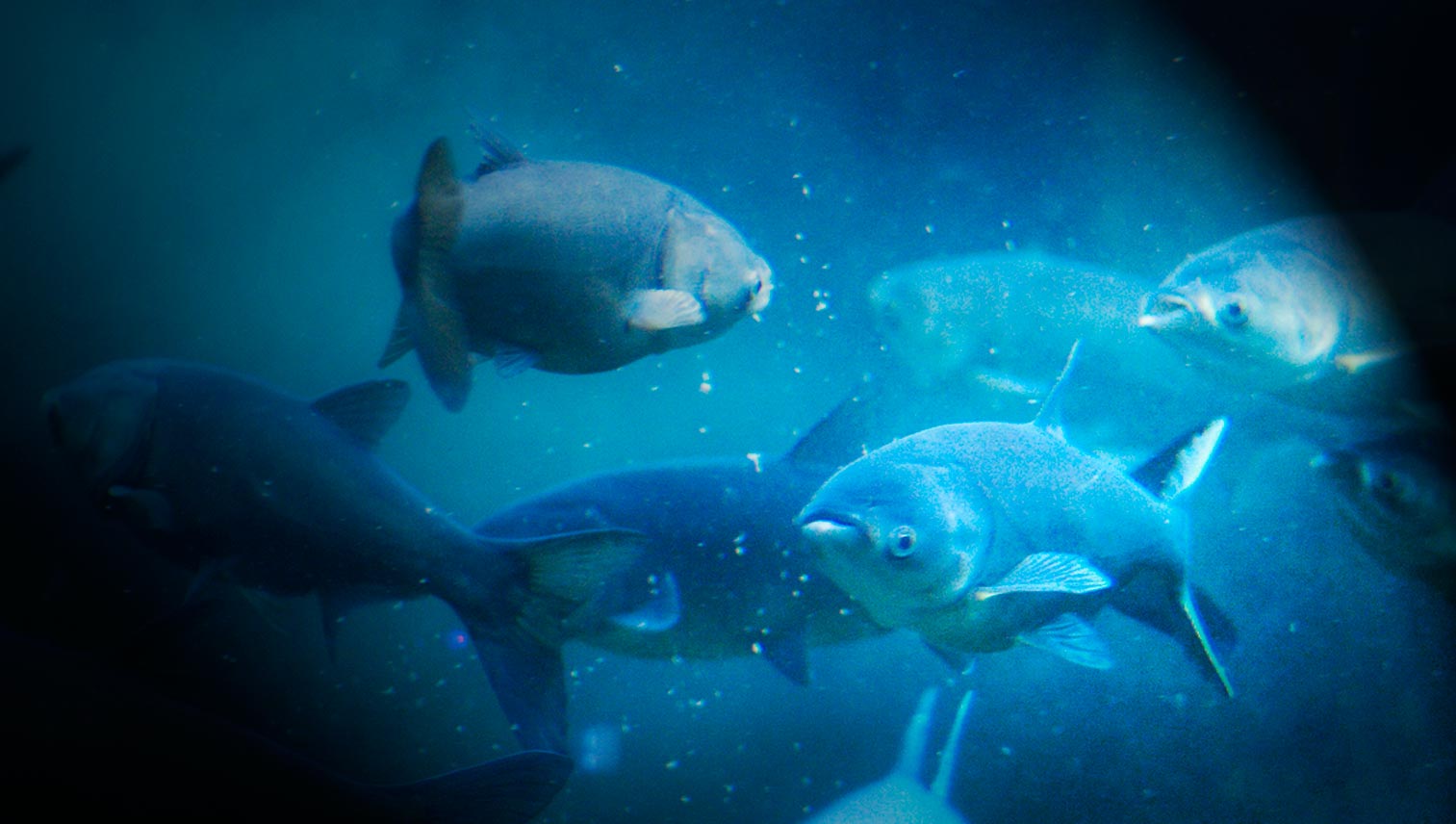
By Brian Kozminski
I live in northern Michigan, epicenter of the world’s largest freshwater system.
Twenty percent of the world’s fresh water surrounds us, and that’s great. It provides us multiple uses for recreation. Swimming, boating, canoeing, kayaking, sailing, SUP’s, and fishing. When I ask people from neighboring states where they like to go fishing, they always say they head up north and fish Michigan’s rivers and lakes. But, recent news of more eDNA, from Asian Carp, found in the Chicago shipping canal has me concerned.
How many more years are we going to spend doing research, wasting millions of dollars, looking for a way to prevent the impending doom of their arrival in the Great Lakes? If they do arrive, or [GASP] are already here in the Great Lakes, what amount of devastation will they cause on a billion-dollar fishery? Will anglers from the Midwest still come up and fish the Pere Marquette for salmon and steelhead?
We’ve been here before, invasive species are not a new thing. In fact, we have almost 200 invasive species of flora to fauna in the Great Lakes. We’ve been battling the sea lamprey since the late 40’s when the Welland Canal opened and nearly decimated a thriving Lake Trout and Whitefish fishery in less than half a decade. These days the FWS spends millions of dollars a year on research and containment of the vampire of the Great Lakes.
New residents from the Black and Caspian Seas have also taken hold in Lakes Michigan, Huron, Ontario, Erie and Superior. Round Goby and Eurasian Ruffe out-compete the common darter and native sculpins in the deep waters we love. They have a voracious appetite for eggs and have targeted smallmouth beds. Smallmouth bass have retaliated, finding a new flavor of the month, but can’t keep their population in check.
Zebra and Quagga mussels liter the fresh water sea floor, estimated at 4 quadrillion. Trying to wrap my mind around that number makes my medulla oblongata ache. Sure, they’ve filtered out the water in Lake Charlevoix and Lake Michigan, made it pretty and clear so we can see depths of 30 feet, but we need the phytoplankton in the food chain. This is where the story gets interesting.
LET’S PRETEND THE GREAT LAKES ARE A CHILD’S AQUARIUM.
Read More »Sunday Classic / Fly Fishing Shade In The Summer Can Keep You Hooked Up
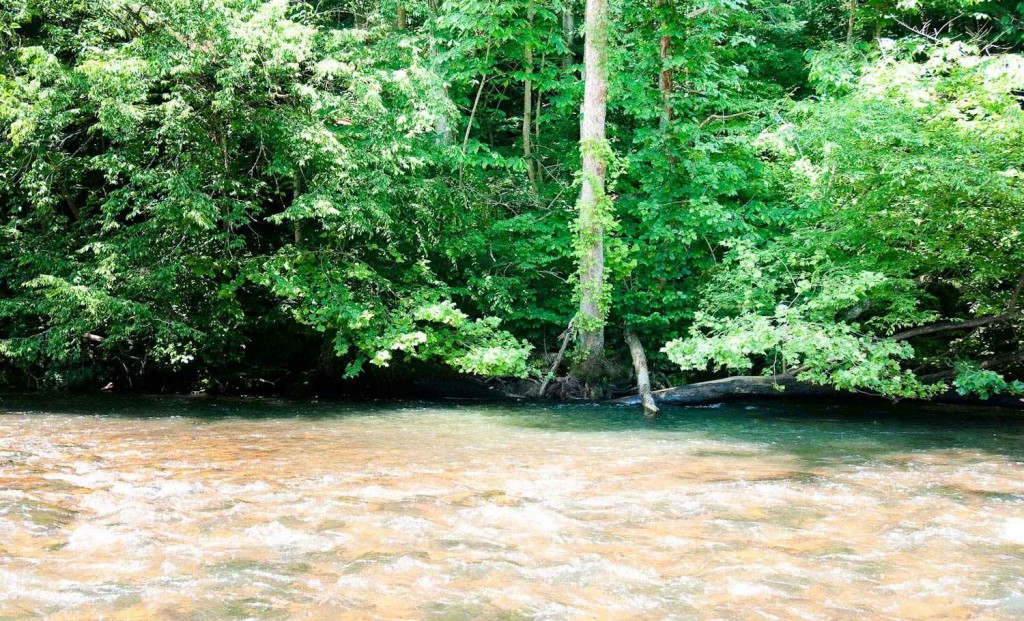
When summer is in full swing water temperatures are at their highest levels of the year.
Fly anglers can stay in the action longer if they concentrate on fishing shaded areas. I don’t care if you’re on the lake fly fishing for bass or on your local tailwater chasing trout, I’ve found shaded areas consistently attract fish during the summer months. Shade offers fish shelter from the sun and also cooler water temperatures. Any shade is good, but if you can find shade and deep water together, you’re generally going to be looking at a honey hole this time of year. Fly fishing during the summer can often be very challenging for fly anglers. Fish can become lethargic in the summer heat and they tend to feed more in the morning and late evening, and rest during the middle and afternoon hours of the day. Fly anglers that understand this, generally opt for starting their day extra early or focus on the late evening bite. Doing so, they
Read More »Saturday Shoutout / Saturday Matinee

Five great fly fishing films in one place.
This week’s theme is pretty simple. Just some awesome fly fishing videos to enjoy. Grab a beer and some popcorn and click play.
Read More »Scott Fly Rods Come On Strong In 2015
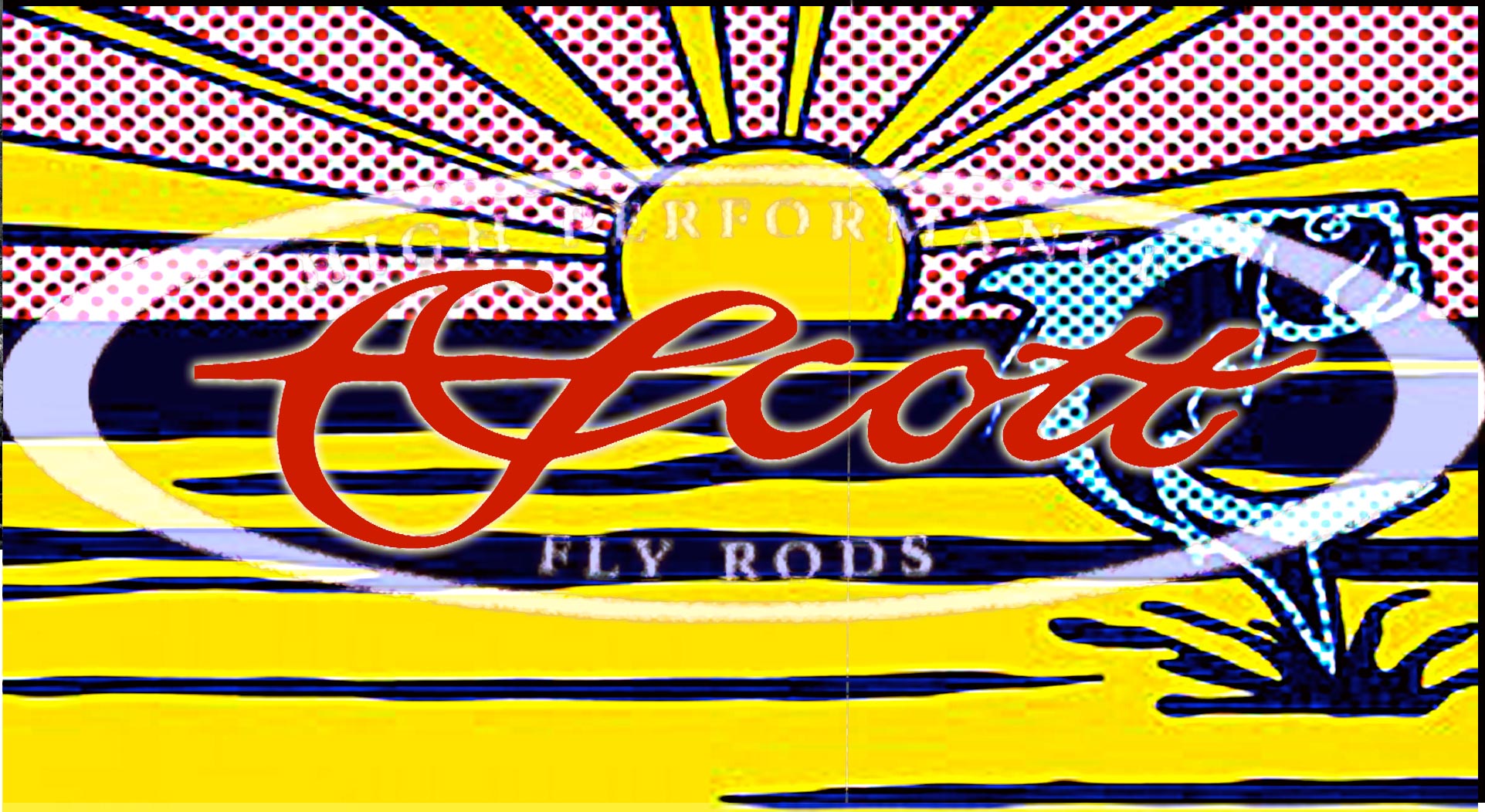
I’ve been a fan of Scott fly rods since the first time I cast one.
The quality and design of Scott fly rods is second to none. This year at IFTD Scott unveiled a couple of hot new rods that I’m pretty excited about.
The Tidal is a new saltwater rod designed with the goal of making saltwater fly fishing accessible for a wider group of anglers. The Tidal has an action that is efficient and powerful but still forgiving to the average angler. The price is accessible too at $475.
The new 3 piece SC Bamboo rods are remarkable. It feels like no bamboo rod I’ve ever held. It’s incredibly light and crisp. Hollow built and triple heat treated this little baby sings. It’s as beautiful to look at as it is to cast. Innovation in a medium as old as bamboo is extremely rare and my hat’s off to Scott for doing such a fine job of it.
Watch the video for a look at what’s new this year from Scott.
Read More »4 Worm Patterns I Always Carry In My Fly Box
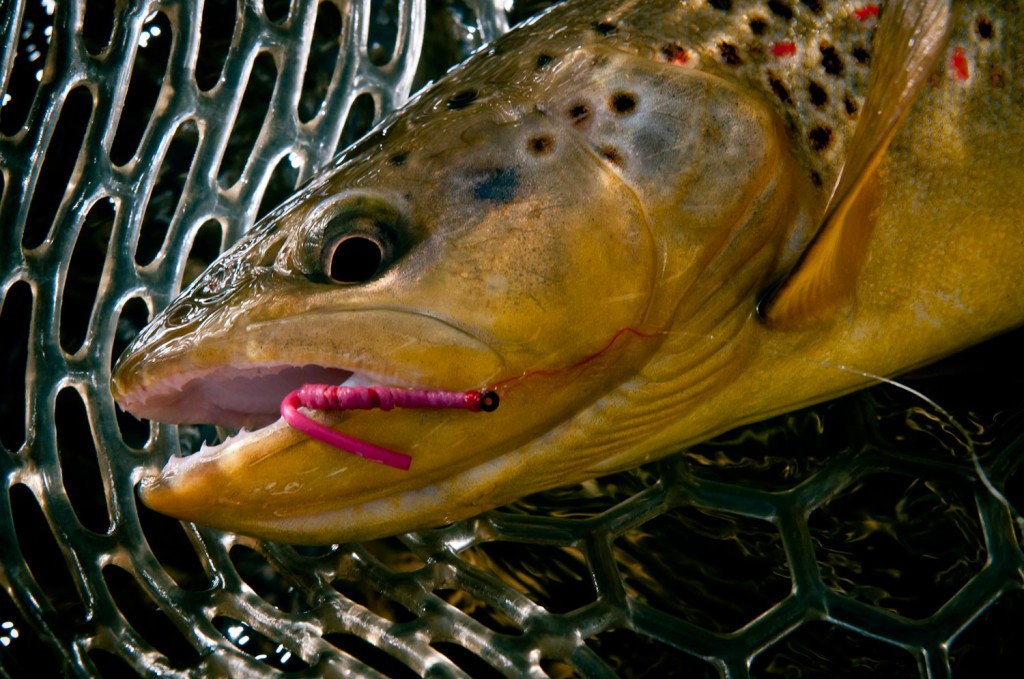
Worm Fly Patterns That Consistently Catch Fish
It’s no secret worm patterns are super consistent most of the year for catching both stocked and wild trout. They work especially well for stocked fish, after a big rain, and during the spring, winter, and fall seasons. I’ve had days when the only thing I could get trout to eat was a san juan worm. There’s a bunch of haters out there that will not fish them, claiming it’s the next closest thing to fishing a real earthworm, but look in their fly box and I bet you’ll find a few. I on the other hand, have no problem fishing worm patterns, because they do a great job of keeping my clients rods bent, which in turn, pays my bills. To top it all off, worm patterns are among the cheapest and easiest fly patterns for me to tie. I can rip out about a dozen in less than ten minutes, for about $2.50 worth of materials. Choosing to put worm patterns in your fishing line-up, will almost certainly put more fish in your net. Below are four worm patterns I always keep in my fly box.
Fly Patterns Left to Right: Chamois Worm, Fl. Pink Flash San Juan Worm, Squirmy Wormy, Delektable Soft-Hackle Worm
The Chamois “Shammy” Worm
Yes, you read the name right, this fly is made out of a car drying chamois. For $10-14 you can buy one and tie about 100+ chamois worms with it. This pattern can be deadly after a fresh rain, when earthworms have been washed from the banks into the stream. Once the chamois material gets wet, it looks just like a live worm. I tie them in all sizes, but for my larger versions I often will tie a monofilament loop off the bend of the hook to keep the chamois material from fouling and wrapping around the hook. Most of the time you won’t find the chamios worm in fly bins at the fly shop. That means to some degree, there will be less anglers fishing this pattern. That can pay off when all you need to catch fish, is to show the trout a little something different.
